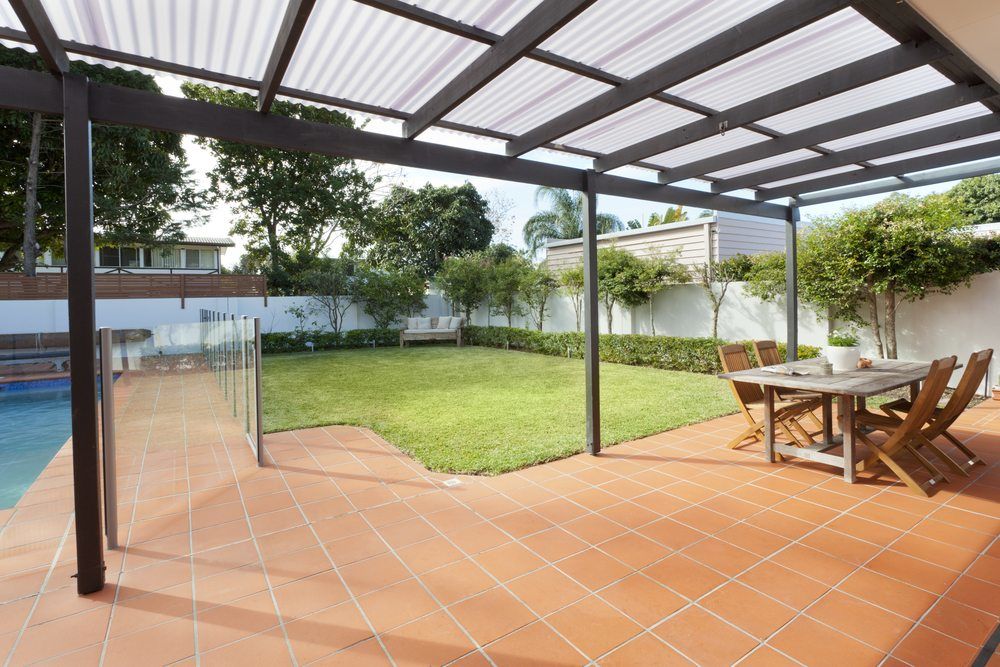An uneven lawn can be a hazard, especially when you have kids running around. Roots that lift your lawn can cause tripping accidents that, as a parent, you’d rather avoid.
To level your lawn, you need to figure out why it’s happening. If you’ve got a large yard with trees, roots could be the problem. You could also have some spots that drain better than others – this could cause decently sized potholes.
Professional turf management starts with excellent drainage. If you’re looking at a new grass installation, you might want to consider your options as far as drainage is concerned. On a slope, make sure the drainage is not going to end up pooling at the foundations of a structure like your home or garage.
Managing an Existing Lawn
Short of starting out afresh, if your lawn is suffering from potholes and rises, the only solution is to try solving problems on a case-by-case basis.
In the winter, you can fill holes with soil and use our Lawn Block turf pieces as required, and by summer you should have a more even lawn that’s also nice and green. In summer, you’ll want to use a spade to gently remove the turf down to about 3-6cm of soil. Make sure you put it in a shady place while you’re working and keep it nice and watered. Then fill the hole with clean, fertilised soil and replace the turf, patting it down gently so that it’s level with the rest of your lawn.
Roots that start pushing up your turf can be more complicated and unless you’re handy with a saw and know your trees. Talk to our team for advice on how to handle them.
Installing a New Lawn
Like all great masterpieces, a spectacular lawn starts with a great base. That includes:
1. A Clear Site
Preparing the site for your lawn will minimise the work you need to do to keep it in the best possible condition. Removing the existing turf, any existing roots and a spray with a weed remover like Roundup will give you the best possible conditions to start off your lawn. Give it 14 days for any existing grasses and weeds to die off before you move on to the next stage.
2. Excellent Drainage
A well-drained lawn is a happy lawn. And a happy lawn is lush, green and a delight to use. You can install a drainage system, much like professional sports fields do, and homeowners with large lawns are starting to do this. But if you’re looking at a smaller space, the tip is this: if your lawn slopes towards any structures, you’ll need to install a drain that will stop water that could potentially damage your property and give you a major headache.
3. Good Fertiliser
Once your site is level and you’ve sorted out drainage, it’s time to create a fertile base for your lawn. If your lawn’s going to lie on a clay base, gypsum will help to loosen the clay. Next, lay about 15cm of topsoil down. Keep it about 2-3cm lower than paving. Water the soil and add a Lawn Starter or Water Crystals to help keep it moist.
The Right Variety
Take a look at your surrounds and choose a variety that’s right for your location. If you’re going to install grass in a shaded location, Sir Walter turf is ideal. Wintergreen Couch, on the other hand, loves a lot of sun and is good in dry areas. Empire Zoysia is a terrific all-round performer.
Before you start on your lawn journey, talk to one of our experts on 1800 767 644, use our contact form or drop in for a chat. We’ve got a huge range of turf supplies and we love to talk turf..

